CHAPTER II
Antiochos II Theos
263 - 230
§2. The Problems in the East
A. Seleukid Rule in the East
Though constituting a gigantic portion of the Seleukid Empire, the Iranian holdings never seized the attention of the early Seleukid kings as did the western portion of their realm. Seleukid authority across Iran had been undermined by continued confrontation with the Ptolemies and various Hellenistic kingdoms in western Anatolia, as well as the Nabataeans. The foundation of the capital cities of Seleukeia and then Antiocheia also served to underscore the lopsided character of the realm and the unequal interests of the early Seleukid kings. With so much to occupy them in the West, the Seleukids inevitably neglected the East.
Although Alexander dreamt of a fusion of Greek and Aryan culture, the early Seleukid kings did little to encourage this. With the exception of the Greco-Bactrian kingdom, the Greco-Macedonian colonists made very little effort at assimilating their Hellenicism with the Aryan culture of Iran. The Greek colonists were basically Hellenic islands in a vast Iranian realm. Seleukid authority had failed to penetrate into the interior or tribal regions of Iran. As one historian has noted, “the Seleucids controlled the main trade routes in Iran but little else.”
So it is not surprising given this focus westward and failure to penetrate Iran, culturally and politically, that breakway movements in Central Asia and northeast Iran took root.
B. The Nomadic Threat
The Parni tribes originated from the Central Asian steppe. They called the area below the Amu-Darya River and around the grasslands of the Karakum home.
1. The Parni
The tribe of the Parni was according to Strabo and Trogus one of three tribes in the small confederacy of the Dahae, which lived on the eastern side of the Caspian Sea. The Parni seem to have moved into the regions of Bactria, Aria, Astauene and Parthia after the death of Alexander the Great, being pushed south by other steppe tribes. Once established they appear to have lived in a semi-nomadic state, and their language became mixed with the local one.
Antiochos I Soter was the first to take measures against these steppe nomads. It is certain that he refounded a city in Margiana; up till then, it had been known as Alexandria (because it was founded by Alexander the Great or his general Craterus in 328 BCE), but from now on, it was to be called Antiocheia. This military settlement, along with Alexandreia-Eschate and Markanda, was intended to guard Iran against incursions from nomad tribes, including the Parni.
However, by 272 BCE it became clear that the Seleukids could no longer hold out in Alexandreia-Eschate and Marakanda and these northern outposts were abandoned, with the Greek colonists taking refuge in Antiocheia. This resettlement was directed personally by Antiochos’ older brother, Achaios.
A little more on Achaios is now perhaps in order. For reasons lost to us, Achaios, the eldest son of Seleukos Nikator, was passed over for the Seleukid throne. Instead, he was named as viceroy, for lack of a better term, over the eastern portion of his father’s realm. Unlike the Seleukid kings, Achaios and his sons Andromachos and Alexandros apparently expressed an interest in the Aryan culture of Iran. However, there is no evidence that they had yet to encourage any efforts at assimilation. Instead they had been content to rule from the old Persian capital of Peresepolis.
2. Rise of the Parni
Map showing phases of Parni expansion from 272 to 253 BCE.
It was under the rule of Achaios’s line that the Parni came to prominence. Their movement began in 272 BCE. While Achaios’ attention was turned to the resettlement of the Greek colonists from Sogdiana to Antiocheia, the satrap of Austauene, Autophradates declared his autonomy from Seleukid authority. Phrapates, the leader of the Parni, took advantage of this situation to personally slay Autophradates, taking control of Austauene himself.
As the ancient historians who dealt with Seleukid affairs were mainly concerned with wars against the rulers of Egypt and the other Hellenistic kingdoms, not much is certain of what happened next. The accounts vary and much is still left open to conjecture. It is generally agreed that much of the next year was spent by the Seleukids fighting the Parni in Hyrcania and Margiane. By 270 BCE, the Parni had annexed Hyrkania. And by 269 BCE, they had occupied the recently abandoned Sogdiana.
Left: East Parthian Cataphract; Middle: Parthian Horse-Archer; Right: Parthian Standard-Bearer.
At this point, too old to lead the resistance against the Parni threat himself and with his sons away in Asia Minor, Achaios adopted Ammonios Magnesias Karikes, a soldier who had distinguished himself on the Sogdiana frontier. Achaios died in 267 BCE and at this time his sons had returned from Asia Minor. By all accounts, Andromachos and Alexandros were content to leave the military effort to Ammonios. Under Ammonios’ leadership, the Seleukids were to wage a constant war against the Parni and were able to stem further Parni gain.
While the Seleukid kings had hesitated to use their Irani subjects in their armies, not trusting their loyalty, Ammonios had no such compunction. Understanding that the Makedonian style of warfare was ill-suited to fighting these steppe cavalrymen, Ammonios took to using the native cavalrymen in his lands. Ammonios took the fight to the Parni, engaging them in a series of constant raids and skirmishes in an attempt to weaken them. At the same time, he also knew the Parni were ill-suited to the task of siege-warfare and assaulting cities. He concentrated his infantry in the Seleukids towns in the East. So while his cavalry engaged the Parni in the field, his infantry protected the Seleukid towns behind walls where they were safe. Such tactics resulted in détente between the two sides.
From left: Median cavalry, Arachosian Skirmisher Cavalry, Eastern Light Cavalry, Dahae Skirmisher Cavalry. Ammonios saw fit to use Eastern cavalry in the war against the Parni.
However, by 262 BCE, the Parni had overrun the province of Parthia taking the city of Hekatompylos. By this time, the Parni had turned their struggle from one simply about acquiring more land to an Iranian “separatist” movement. With each victory, both major and minor, more and more young men took up the Parni cause. These men were to comprise the infantry portion of the mostly cavalry Parni armies. It was men such as these who had allowed the Parni to take Hekatompylos. And by 253 BCE, after years of enduring attack after attack, Antiocheia had fallen to the Parni.
The fall of Antiocheia stunned the Seleukids, as this outpost had long been able to withstand almost yearly attack from the Parni. Its fall seriously endangered the remaining Seleukid eastern provinces. Parni armies now roamed almost freely throughout the east, as they could now be found in Khoarene, Gabiene and Ariana. The situation in the East could no longer be ignored by the Seleukid king. Fortunately for the Seleukids, Antiochos’ recent decisive victory over the Ptolemies left him free to deal with the Parni threat.
Map of the Eastern World, 1051 BCE.






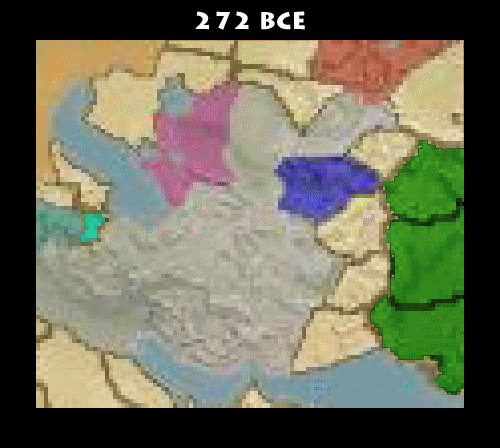

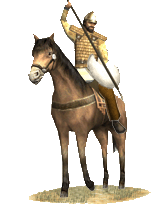
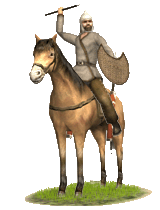
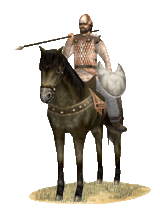
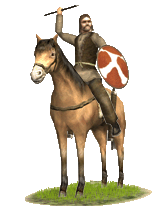
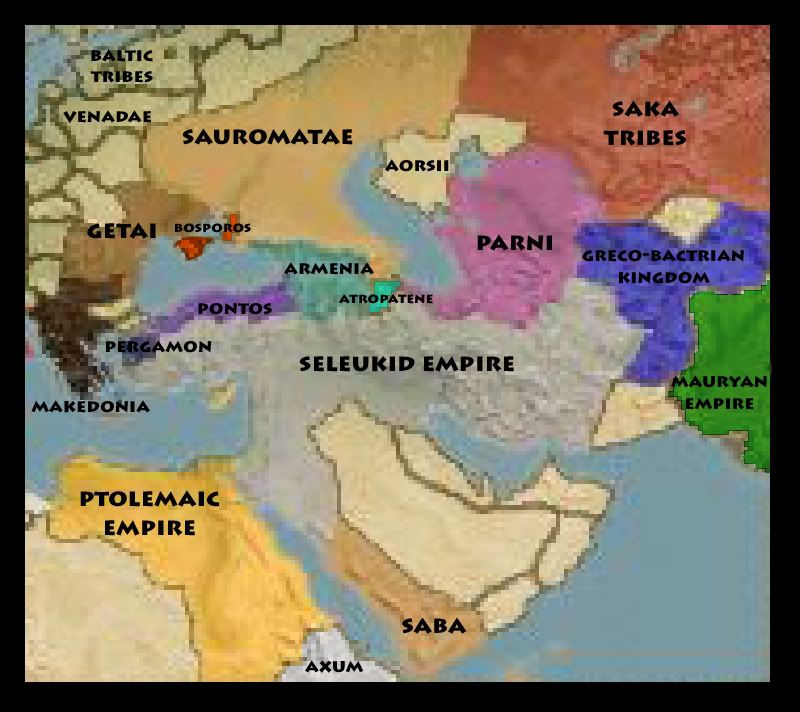


 Reply With Quote
Reply With Quote


Bookmarks